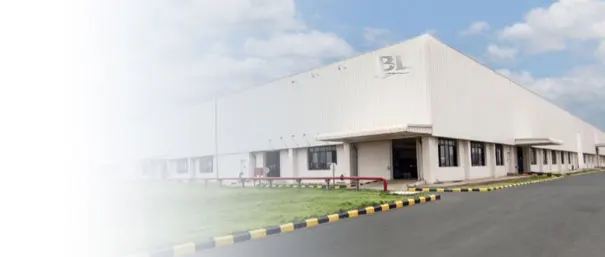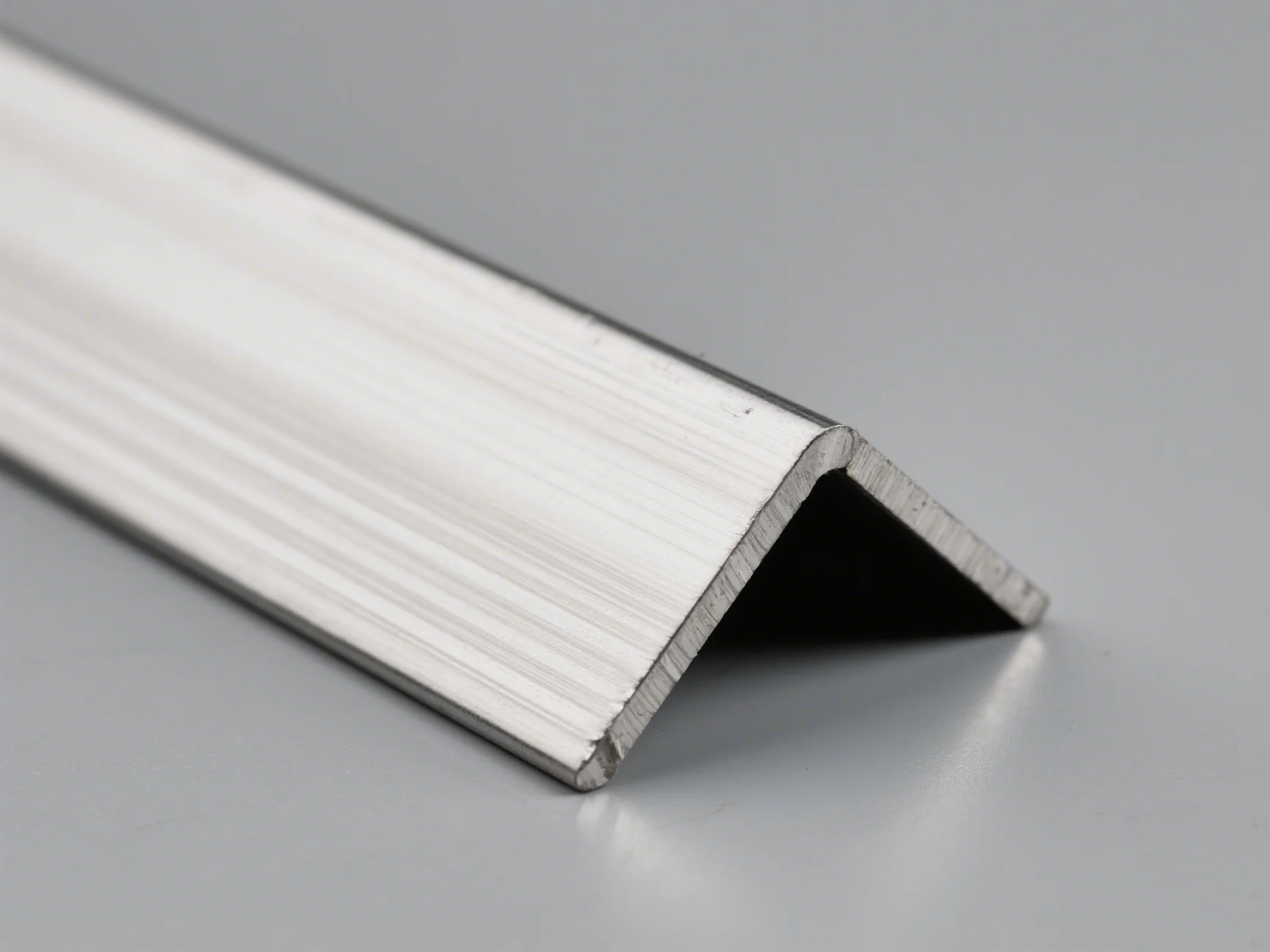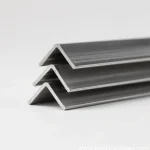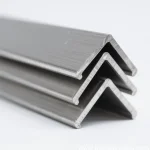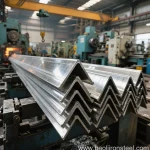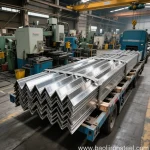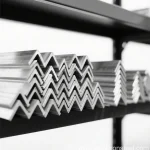Stainless steel angles are available in various grades, each offering a unique combination of properties suited for different environments and applications. The choice of grade primarily depends on the required corrosion resistance, strength, temperature resistance, weldability, and budget.
Here are some of the most common grades of stainless steel used for angles:
- Grade 304/304L (Austenitic): This is the most widely used grade for stainless steel angles. Grade 304 offers excellent corrosion resistance in many environments, good formability, and weldability. Grade 304L has a lower carbon content, which improves weldability by reducing carbide precipitation during welding, making it preferable for welded structures. It’s a cost-effective choice for general structural, architectural, and food processing applications.
- Grade 316/316L (Austenitic): Grade 316 contains molybdenum, significantly enhancing its corrosion resistance, particularly against chlorides (like saltwater) and various industrial chemicals. It’s often specified for marine applications, chemical processing equipment, pharmaceutical manufacturing, and coastal architectural elements. Grade 316L, with lower carbon content, is preferred for welding applications to avoid sensitization.
- Grade 321 (Austenitic): This grade is similar to 304 but contains titanium stabilization. This makes it more resistant to intergranular corrosion after welding and suitable for high-temperature applications (up to about 900°C or 1650°F) where 304L might be susceptible to sensitization.
- Grade 430 (Ferritic): A lower-cost, ferritic stainless steel that offers moderate corrosion resistance, mainly in mild atmospheric conditions. It is magnetic and less formable/weldable than austenitic grades. Used where high corrosion resistance isn’t the primary requirement, such as decorative trim or appliance components. Less common for purely structural angles.
- Duplex Grades (e.g., 2205): These grades (like Duplex 2205) have a mixed microstructure of austenite and ferrite, offering higher strength than standard austenitic grades and excellent resistance to stress corrosion cracking and pitting. They are used in more demanding applications, such as offshore structures, chemical processing, and desalination plants.
The following table provides a simplified comparison of common grades:
| Grade | Typical Corrosion Resistance | Relative Strength | Weldability | Relative Cost | Common Angle Uses |
|---|---|---|---|---|---|
| 304/304L | Good (general atmospheric, food acids) | Standard | Excellent (esp. 304L) | Baseline | General structural, architectural, food equipment, framework |
| 316/316L | Excellent (chlorides, marine, industrial chemicals) | Standard (slightly higher than 304) | Excellent (esp. 316L) | Higher | Marine structures, chemical plants, coastal architecture, pharma equip. |
| 321 | Good (similar to 304, better at high temps) | Standard | Good (stabilized) | Higher | High-temperature equipment, exhaust systems |
| 430 | Moderate (mild environments) | Lower | Fair (requires pre/post heat) | Lower | Decorative trim, non-critical supports |
| Duplex (e.g., 2205) | Very High (esp. stress corrosion cracking) | High | Good (special procedures) | Highest | Demanding structural (offshore), chemical processing |
Selecting the correct grade is critical for ensuring the longevity and performance of the stainless steel angle in its intended service environment. Consulting material specifications and considering environmental factors, mechanical load, and budget are key steps in the selection process.


